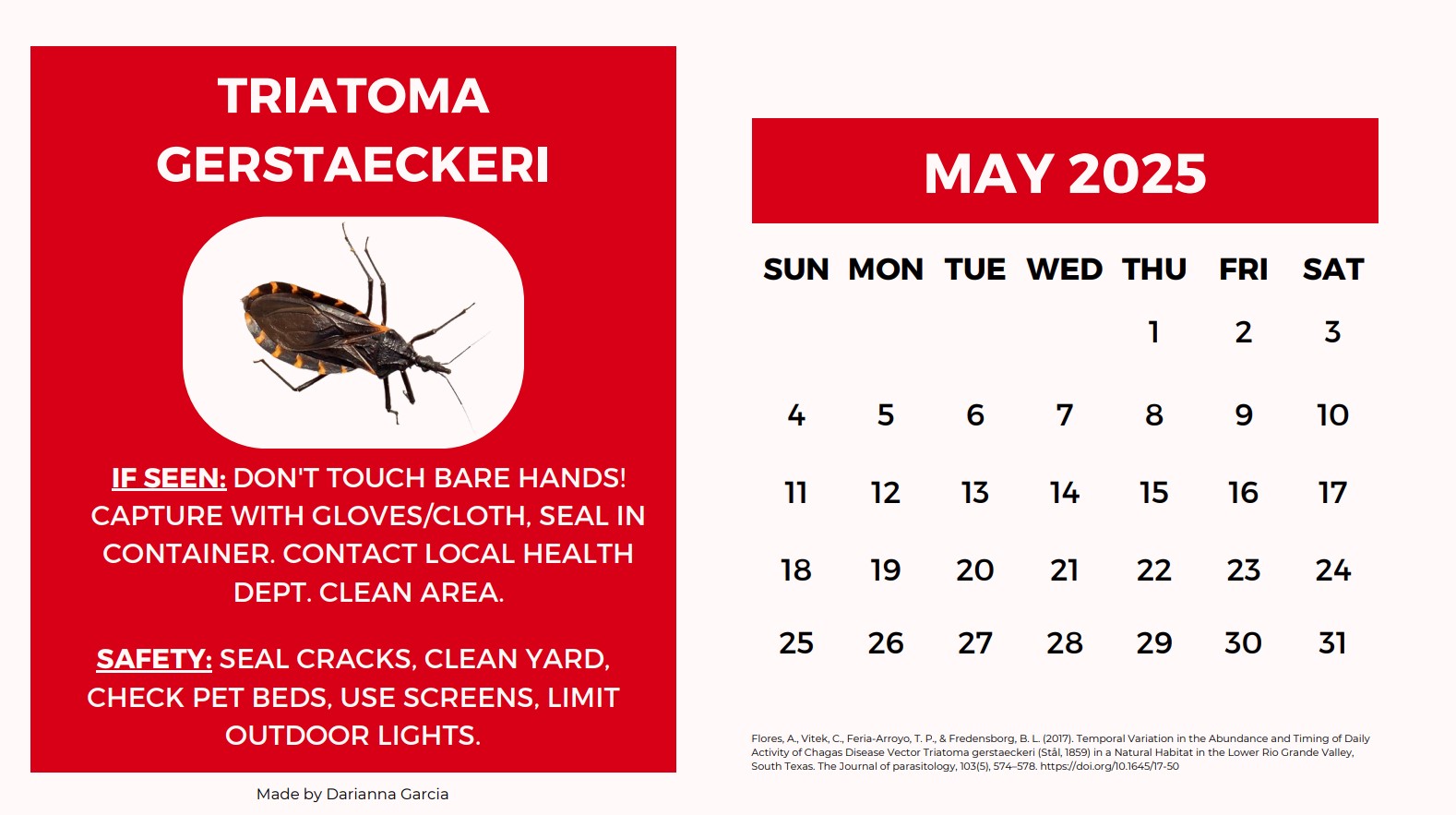Resources
Welcome to our resources and articles section. Dedicated to providing accurate and up-to-date information based on reliable sources, with the goal of educating and raising awareness in our community about the importance of preventing and controlling these diseases.
In this section, you will find links to scientific articles and websites from leading public health organizations, such as the Centers for Disease Control and Prevention (CDC) and the World Health Organization (WHO). These resources will provide you with a deeper and more detailed understanding of vector-borne diseases, as well as the latest research and developments in the field.
Links to Scientific Resources
Article: Projected Future Distributions of Vectors of Trypanosoma cruzi in North America under Climate Change Scenarios
The article covers topics such as the transmission of the disease, its symptoms, available treatments and prevention strategies. In addition, it mentions WHO's consideration of the disease as a neglected tropical disease and its efforts to promote its prevention and treatment. This article is available in English.
WHO tells us about Chagas Disease
This article discusses the presence of infected triatomine bugs, known as "kissing bugs," in rural areas of Texas poses a significant risk. Preventive measures include controlling the insect population, improving housing conditions, and screening blood donations. Public health efforts are focused on monitoring and reducing the risk of Chagas disease in Texas. This article is available in Spanish.
Links to Websites
WHO talks about vector-borne diseases
This WHO article explores vector-borne diseases caused by pathogens that insects transmit to humans. These diseases affect millions of people annually, especially in tropical and subtropical regions. This article highlights the importance of coordinated global efforts to combat these diseases and reduce their impact on public health.
WHO tells us about Chagas Disease
WHO reports on the transmission of the disease, its symptoms, available treatments and prevention strategies. It also mentions WHO's consideration of the disease as a neglected tropical disease and its efforts to promote its prevention and treatment.
How to prevent Chagas disease according to the CDC
In this article, we detail the recommendations of the Centers for Disease Control and Prevention (CDC) to prevent Chagas disease, and the measures that are essential to reduce the risk of infection and control the spread of this tropical disease.
How to prevent ticks on pets according to the CDC
This article discusses key strategies for protecting pets from ticks. It highlights key practices such as checking pets daily for ticks and removing ticks immediately to maintain their health. In addition, the importance of consulting with a veterinarian about appropriate preventive products and reducing tick habitat in domestic environments is emphasized. These measures are crucial to ensure the well-being of pets and prevent tick-borne diseases.
Protect yourself from mosquitoes and ticks according to the CDC.
This CDC article details key recommendations for protecting against mosquitoes and ticks, vectors of serious diseases. Strategies include the use of effective repellents, protective clothing, home prevention and environmental control measures, and tick screening and removal. These measures are essential to reduce the risk of infection and protect health.
FDA Raises Awareness of Ticks and Lyme Disease
This FDA article discusses Lyme disease, a tick-borne bacterial infection that can have serious consequences if not treated early. Initial symptoms, crucial prevention methods such as the use of repellents and periodic checking after outdoor activities, as well as effective treatment options are discussed. FDA stresses the importance of public education and continued research to mitigate the public health impact of this disease.

